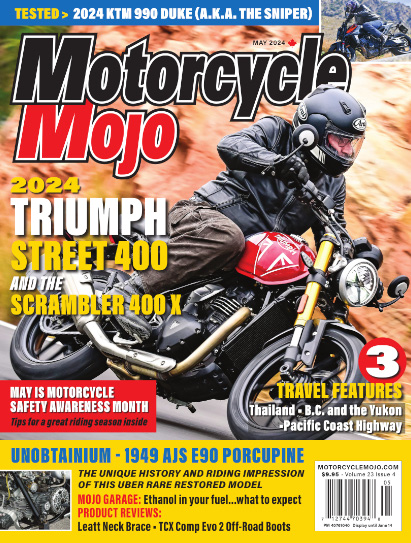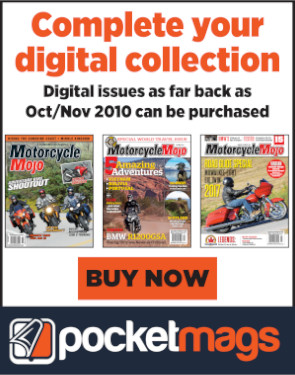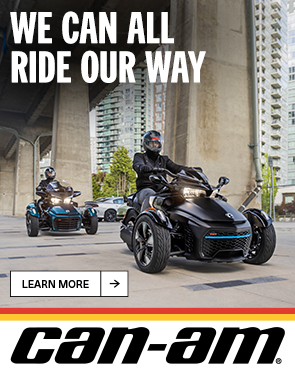News
Classic Styling & Affordable
An ideal small-displacement bike that looks good and won’t break the...
Read MoreYukon with a Side of...
A circuitous loop through British Columbia and points north As we crossed...
Read MoreTCX Comp Evo 2
Added lower leg protection for the rider with smaller feet When it comes to...
Read MoreLeatt Neck Brace
Brace yourself to help prevent life-altering neck injuries Ever seen a rider...
Read MoreGolden Gate Therapy
Rediscovering California’s Pacific Coast Highway It had been 15 years...
Read MoreThis Hooligan Gets An Upgrade
It can cruise around town, but it prefers to assault back roads with technical...
Read MoreTaking Safety Into Your Own...
In the January/February 2024 issue of Motorcycle Mojo, I wrote a column titled...
Read More



















